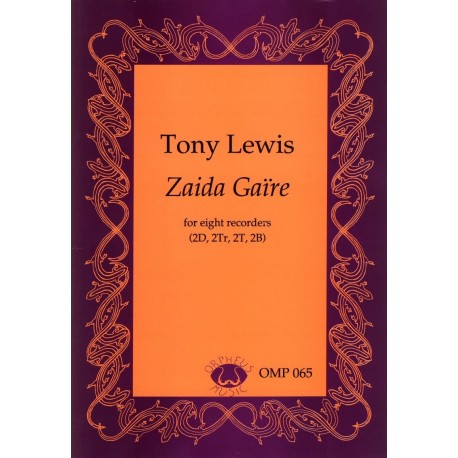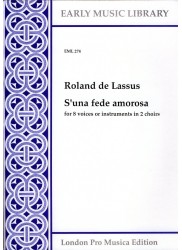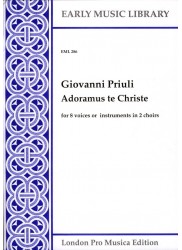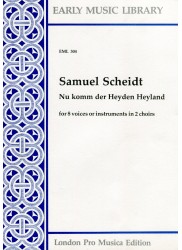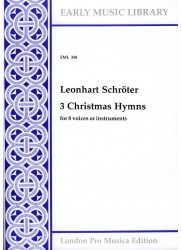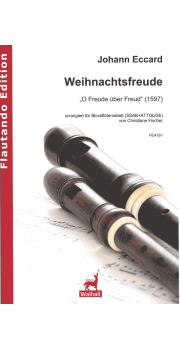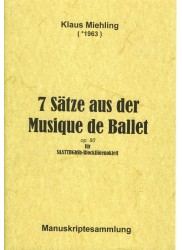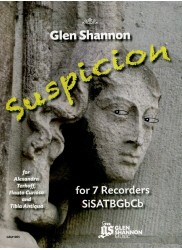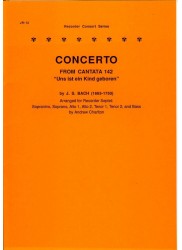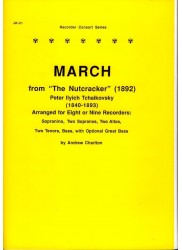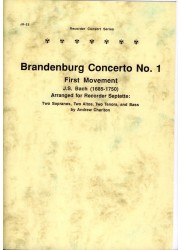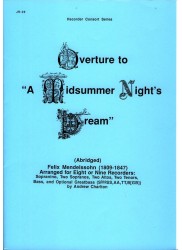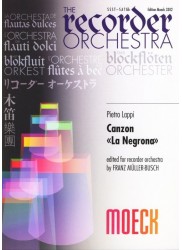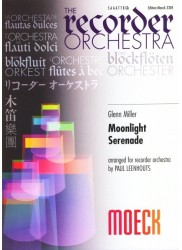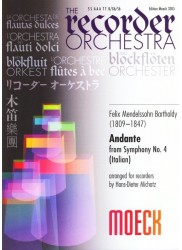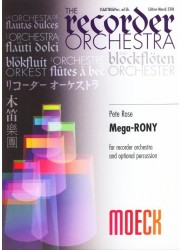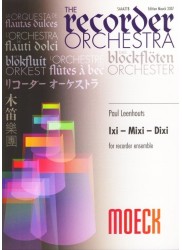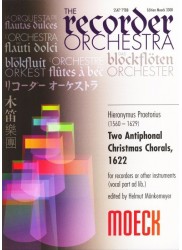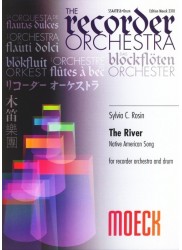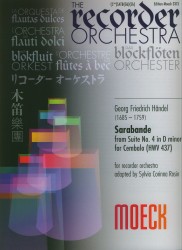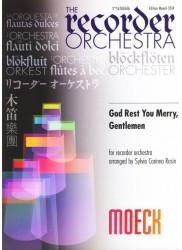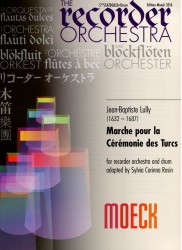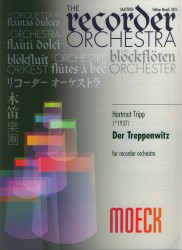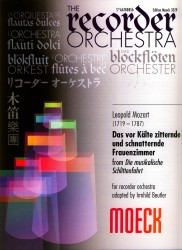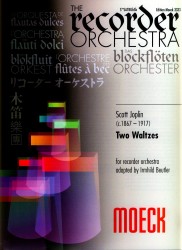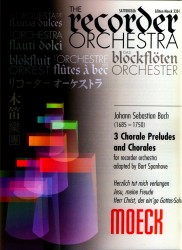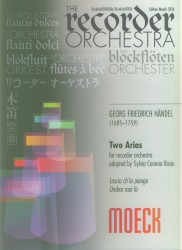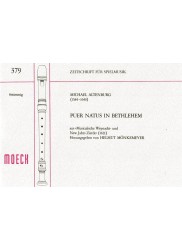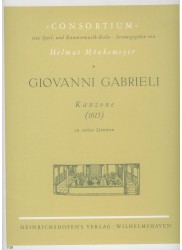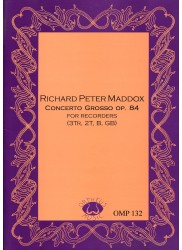No products
Prices are tax included
Zaida Gaire
OMP065.pdf
DOWNLOADABLE PDF VERSION ONLY
Composer: Lewis - Tony
Instrumentation: 2 Descants - 2 Trebles - 2 Tenors - 2 Basses
Period/genre: Australian Contemporary
Grade: Difficult
More info
*Funky Contemporary Piece with African and Balkan Influences.* The title is simply a spoonerism of the words "Gaida" and "Zaïre" (please note the double-dotted "ï"). The piece's subject matter is inspired by a number of contrasting musical cultures that one does not normally think of as being complimentary to one another - including the music of the Bulgarian / Balkan bagpipe, the gaida, and the guitar music of the Central African nation formerly known as Zaïre (now the Congo). There are also elements of Turkish music from the Black Sea region, and of the music of the mbira dzavadzimu, or thumb piano, of the Shona people of Zimbabwe.
1. Zaida Gaire
Please note that due to the automated delivery of virtual products including pdf downloads, PayPal payment is required at the checkout - we are unable to accept the cheque payment method for these items.
_Score 11 pp. Parts 2 pp. 697 Kb._
OMP065 Tony Lewis Zaida Gaire
A deceptively intricate piece for eight players, based on ostinati, with a distinctly African flavour.
Notewise, this is a simple piece, with instruments frequently doubling their partners. Starting in 4/4, this through composed piece has 3 sections, with the last section mirroring the opening. The middle section, however, proves the real test as time signature of 10/8, divided 3+2+2+3, plus intricate rhythmic patterns in many of the parts causes real ensemble problems. But do not be put off by this - a little time and careful counting from all members of the group should soon gain you success - and the resulting music is both satisfying and very musically effective.
The parts and score are clearly printed although a few errors were noticed - rests missing in the bass parts does not help when one is frantically counting!
Jean McCreery, The Recorder Magazine, Winter 2001
OMP067 Benjamin Thorn Deep Sea Perspectives
OMP065 Tony Lewis Zaida Gaire
OMP062 Luigi Irlandini Agnistoma II
Though very different from each other, these ensemble pieces have something in common: their primary difficulty is rhythmic, not technical. Benjamin Thorn's Deep Sea Perspectives is the most accessible of the three. It offers two through-composed movements in a very conservative melodic style with simple tonal harmonies. The first movement, in G minor, is in a gently-flowing 6/7 meter that is not difficult to negotiate. The second movement develops from the same initial motif as the first, but recast in C Major and in a 5/8 meter that is sometimes grouped 3+2, other times 2+3. That wouldn't be terribly hard, were it not for the very fast tempo demanded by Thorn. At crotchet=150, this movement is quite difficult to maintain.
Zaida Gaire by Tony Lewis is a rhythmically-driving and highly-repetitive minimal work in a pan-diatonic language. It sets against each other different melodic/rhythmic patterns, consisting mostly of eighth notes and eighth rests, resulting in an abundance of hockets. While the individual parts may be fairly easy to play by themselves, performing them together is quite a task. This piece requires a great deal of precision and focus.
Luigi Irlandini's Agnistoma II, the least accessible of these works, is uninteresting to play and difficult to execute and conceptualise. The recorders chromatically hover over narrow tessituras, often clashing with each other in intervals of a second. Rhythmically it features an aperiodicity that is generated from tying together odd-shaped rhythmic cells. The rhythmic contours that result from this procedure are extremely complex and precisely notated. They must also be precisely-performed.
These editions are nicely printed and have no bad page turns. Deep Sea Perspectives is suitable for advanced amateurs. Zaida Gaire requires a very high-end amateur group working with a good teacher. Agnistoma II is strictly for professionals.
Pete Rose, American Recorder, March 2003
30 other products in the same category:
Reference: EML274
Brand: Early Music Library
S'una fede amorosa
Composer: Lassus - Orlando de Instrumentation: 2 Descants - 2 Trebles - 2...
In StockReference: EML286
Brand: Early Music Library
Adoramus te Christe
Composer: Priuli - GiovanniInstrumentation: 2 Descants - 2 Trebles - 2 Tenors...
In StockReference: EML304
Brand: Early Music Library
Nun komm der Heiden Heiland
Composer: Scheidt - SamuelInstrumentation: 2 Descants - 2 Trebles - 2 Tenors...
In StockReference: EML358
Brand: Early Music Library
3 Christmas Hymns
Composer: Schroter - Leonhard Instrumentation: 2 Descants - 2 Trebles - 2...
In StockReference: FEA161
Brand: Flautando Edition
Weihnachtsfreude "O freude über freud"
Composer: Eccard - Johannes Instrumentation: 2 Descants - 2 Trebles - 2...
In StockReference: FEMSFW-1
Brand: Manuskriptesammlung
Foxtrott
Composer: Weiss - FerdinandInstrumentation: 2 Descants - 2 Trebles - 2 Tenors...
In StockReference: FEMSKM-3
Brand: Manuskriptesammlung
7 Satze aus der Musique de Ballet Op 80
Composer: Miehling - KlausInstrumentation: Descant - 2 Trebles - 2 Tenors -...
In StockReference: GSM1005
Brand: Glen Shannon Music
Suspicion
Composer: Shannon - Glen Instrumentation: Sopranino - Descant - Treble -...
In StockReference: JR12
Brand: Jolly Robin Press
Concerto from Cantata 142, "Uns ist ein Kind geboren"
Composer: Bach - Johann SebastianArranger: Andrew CharltonInstrumentation:...
In StockReference: JR21
Brand: Jolly Robin Press
March from The Nutcracker
Composer: Tchaikovsky - Pyotr IlyichArranger: Andrew CharltonInstrumentation:...
In StockReference: JR22
Brand: Jolly Robin Press
Brandenburg Concerto No 1, 1st movement
Composer: Bach - Johann Sebastian Arranger: Andrew Charlton...
In StockReference: JR26
Brand: Jolly Robin Press
Overture to "A Midsummer Night's Dream"
Composer: Mendelssohn - FelixArranger: Andrew CharltonInstrumentation:...
In StockReference: M3302
Brand: Moeck
Canzon "La Negrona"
Composer: Lappi - Pietro Arranger: Franz Muller-Busch Instrumentation: 2...
In StockReference: M3304
Brand: Moeck
Moonlight Serenade
Composer: Miller - Glenn Arranger: Paul Leenhouts Instrumentation: Descant...
In StockReference: M3305
Brand: Moeck
Andante from Symphony no 4 (Italian)
Composer: Mendelssohn - Felix Arranger: Hans-Dieter Michatz...
In StockReference: M3307
Brand: Moeck
Ixi-Mixi-Dixi
Composer: Leenhouts - Paul Instrumentation: Descant - 3 Trebles - 2 Tenors -...
In StockReference: M3308
Brand: Moeck
Two Antiphonal Christmas Chorals, 1622
Composer: Praetorius - Hieronymus Arranger: Ed Helmut Monkemeyer...
In StockReference: M3310
Brand: Moeck
The River: Native American Song
Composer: Rosin - Sylvia Corinna Instrumentation: 2 Descants - 2 Trebles -...
In StockReference: M3313
Brand: Moeck
Sarabande from Suite No 4 in d minor (HWV 437)
Composer: Handel - Georg Friedrich Arranger: Sylvia C Rosin...
In StockReference: M3314
Brand: Moeck
God Rest You Merry, Gentlemen
Composer: Traditional Arranger: Sylvia C Rosin Instrumentation: Sopranino -...
Out of stockReference: M3316
Brand: Moeck
Marche pour la Ceremonie des Turcs
Composer: Lully - Jean-Baptiste Arranger: Sylvia C Rosin Instrumentation:...
In StockReference: M3325
Brand: Moeck
Der Treppenwitz
Composer: Tripp - Hartmut Instrumentation: Descant - 2 Trebles - 2 Tenors -...
In StockReference: M3329
Brand: Moeck
Das vor Kalte zitternde und schnatternde Frauenzimmer from "Die musikalische...
Composer: Mozart - Leopold Arranger: Irmhild Beutler Instrumentation:...
In StockReference: M3333
Brand: Moeck
Two Waltzes
Composer: Joplin - Scott Arranger: Irmhild Beutler Instrumentation:...
In StockReference: M3334
Brand: Moeck
Three Chorale Preludes and Chorales
Composer: Bach - Johann Sebastian Arranger: Bart Spanhove Instrumentation:...
Out of stockReference: ZFS379
Brand: Moeck
Puer Natus in Bethlehem
Composer: Altenburg - Michael Arranger: Helmut Monkemeyer Instrumentation:...
$10.95 -30%In StockReference: N1128
Brand: Noetzel
Canzone a 7
Composer: Gabrieli - GiovanniInstrumentation: 2 Descants - 2 Trebles - 2...
In StockReference: OMP132
Brand: Orpheus Music
Concerto Grosso Op 84 for recorders
Composer: Maddox - Richard Peter Instrumentation: 3 Trebles - 2 Tenors -...
In Stock

